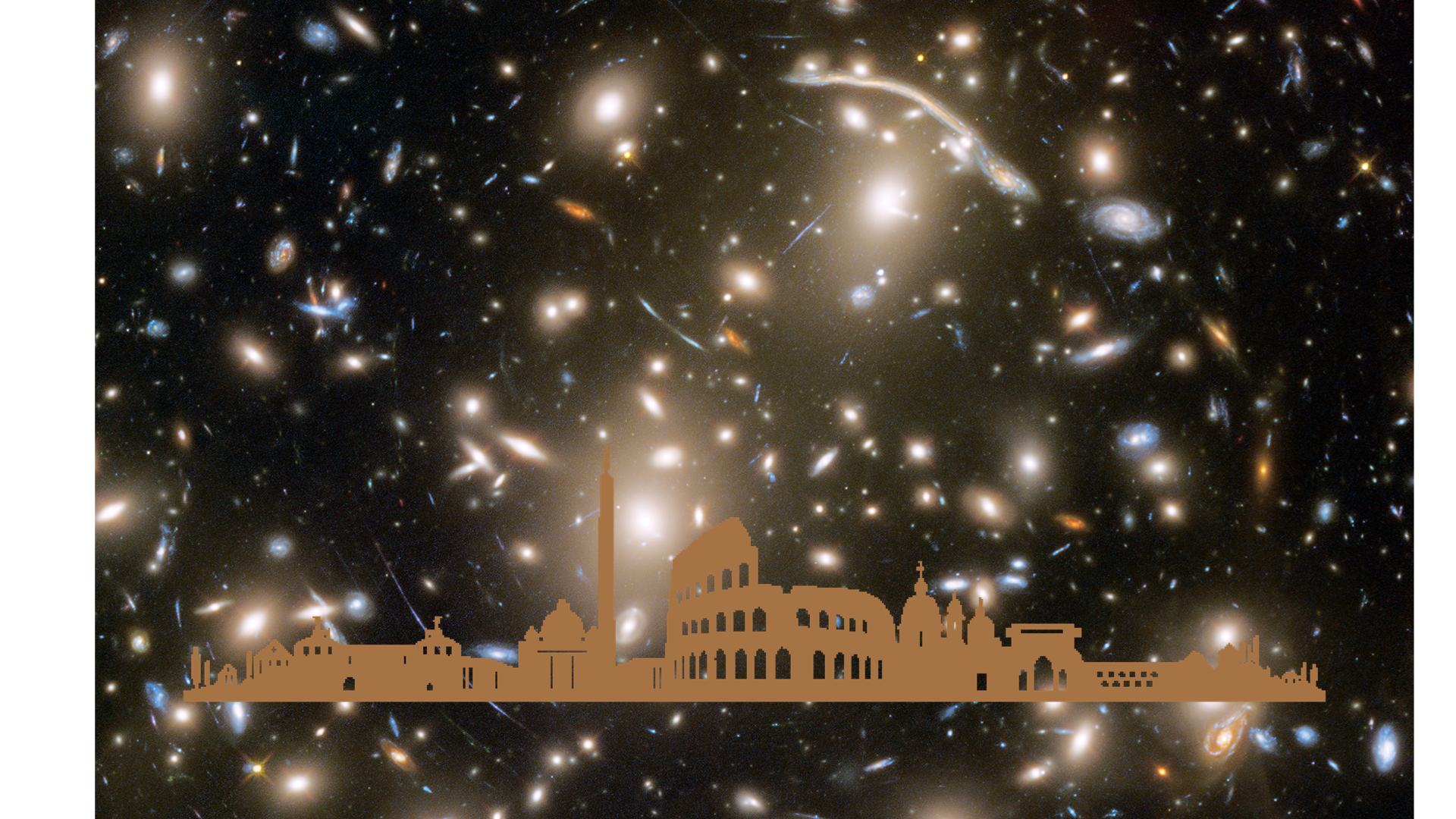Supervisor: Antonello Calabrò (antonello.calabro@inaf.it)
Star formation rates (SFRs) are critical quantities for the understanding of galaxy evolution. There exist several different methods of estimating the SFR in a galaxy.
Near-ultraviolet (UV) continuum observations, probing the photospheric emission of massive young (~100 Myr)stars, are a direct tracer of recent star formation on timescales of the order of 100 million years.
Alternatively, optical and near-IR recombination lines of hydrogen (e.g., H-alpha, Paschen-alpha), originating from ionized gas around massive stars, can be used as SFR indicators. These lines receive most of the contribution from very massive stars (30–40 Msun), hence they trace star-formation over timescales of 3–10 Myr.
Since the continuum and emission line tracers correspond to star formation on different timescales, their ratio can be used to measure the burstiness of star formation. However, in order to have reliable estimates of star-formation, the above line intensities should be corrected for dust. On the one hand, the observed flux ratios among recombination lines (which have a fixed intrinsic ratio set by the physical conditions of the gas) can be used to constrain the dust attenuation properties in moderately dusty galaxies. On the other hand, the total infrared luminosity (LIR), which traces UV light from massive stars reprocessed by dust, is a useful probe of the total star-formation, hence of the true level of dust attenuation, in very dusty systems where the optical light is completely obscured. The larger the optical depth of the dust, the higher the ratio between infrared and optical/UV based star-formation.
In this thesis, the student will measure the Halpha, Hbeta, Paschen gamma, Paschen beta, Paschen alpha line fluxes from archival KMOS 3D spectra and new JSWT NIRSPEC data (available starting from December 2022) of star-forming galaxies from redshift 0.5 to 5. Combining all these measurements coming from Balmer and Paschen lines, the student will constrain the dust attenuation properties (also as a function of stellar mass and redshift), and derive dust-corrected, ‘instantaneous’ star-formation rates. Comparing these SFRs to other indicators probing longer timescales (like UV-based SFRs), it will be possible to infer the recent star-formation history (SFH) of the galaxies, and determine whether the star-formation is a smooth process (changing little with time), or it is dominated by frequent short-lived bursts. Finally, these SFRs will be compared to those inferred from the far-infrared luminosity (which probes dust obscured star-forming activity), checking whether we are missing a substantial fraction of the total star-formation of the galaxies with optical/UV lines, and we will look for systems with extreme obscurations.
